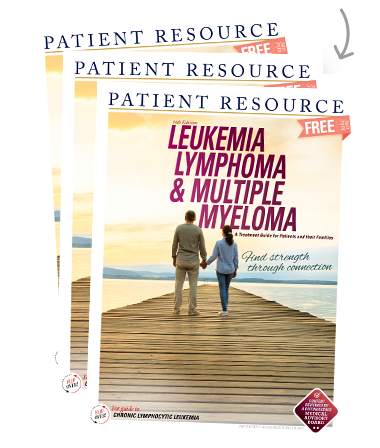Lymphoma
Diagnosing
A complete history and physical exam will help your doctor know more about your signs and symptoms, risk factors and medical conditions. You will also have tests to help diagnose lymphoma, rule out other problems or see how fast the cancer is growing:
- Blood tests may include a complete blood count (CBC). Other blood tests can check for infection or rule out other problems.
- A biopsy confirms the diagnosis, helps tell the subtype of Hodgkin lymphoma or NHL, or helps see the extent of disease. Your doctor removes a tissue sample and looks at the cells under a microscope. He or she may also perform other tests on this sample. There are many types of biopsy. The surgeon may:
- Cut through skin to remove and examine a lymph node.
- Use a needle to remove cells from a lymph node, tumor, bone marrow or fluid around the brain and spinal cord or in the abdomen or chest. Sometimes a larger needle can be used to obtain a piece of lymphoma.
- Special tests may be needed to further examine blood and biopsy samples. Immunophenotyping by flow cytometry may help determine whether your signs and symptoms are due to lymphoma, another cancer or something else. Additionally, chromosome tests may help identify the type of lymphoma. These may include cytogenetics, fluorescence in situ hybridization (FISH) or polymerase chain reaction (PCR).
- Imaging tests help determine the extent of disease. They might include magnetic resonance imaging (MRI), positron emission tomography/computed tomography (PET/CT), ultrasound or X-rays.



